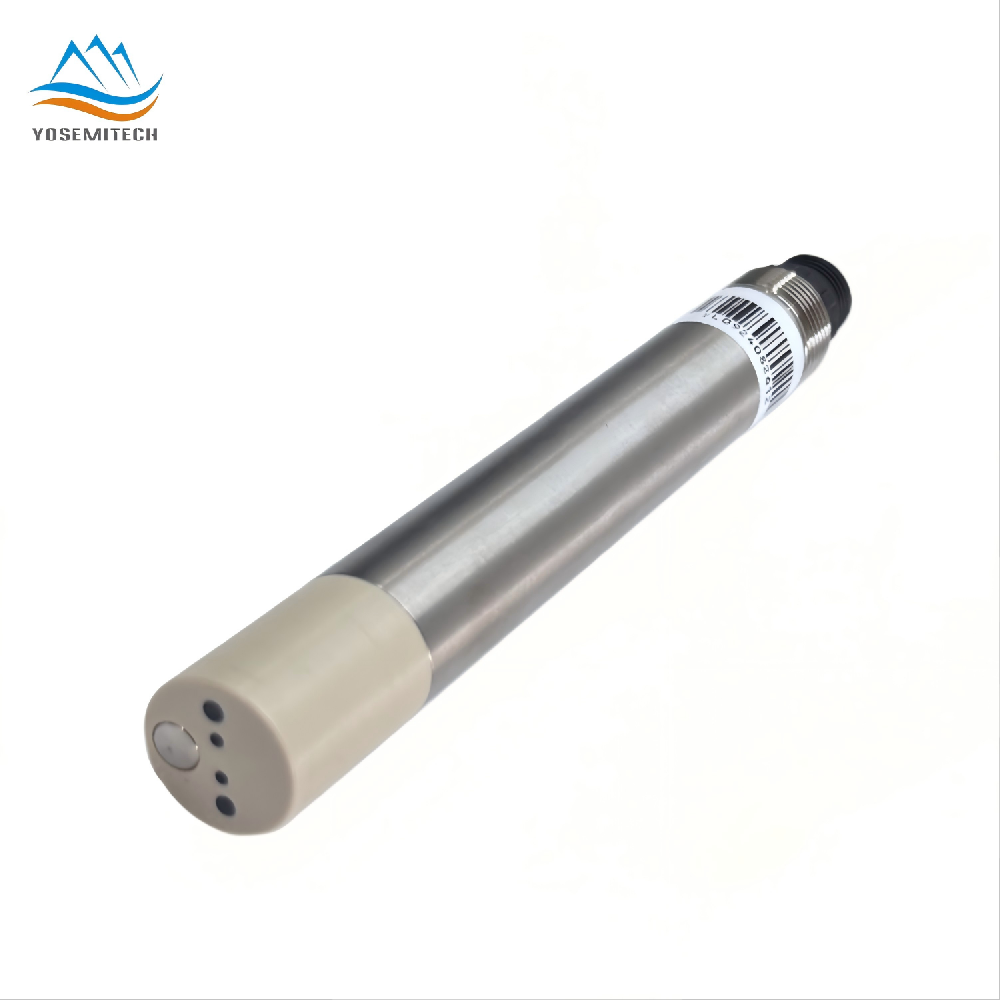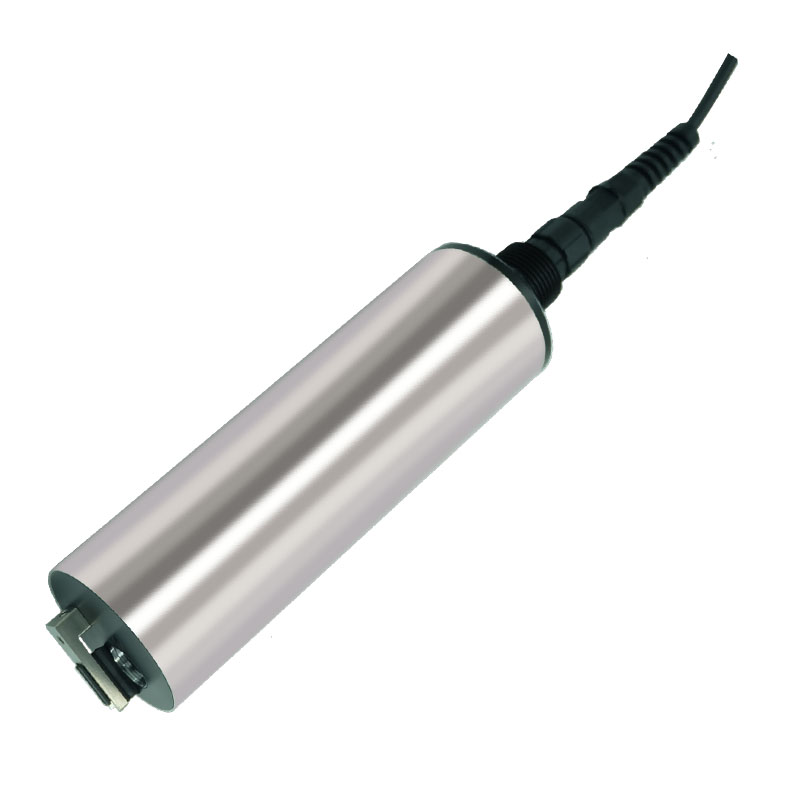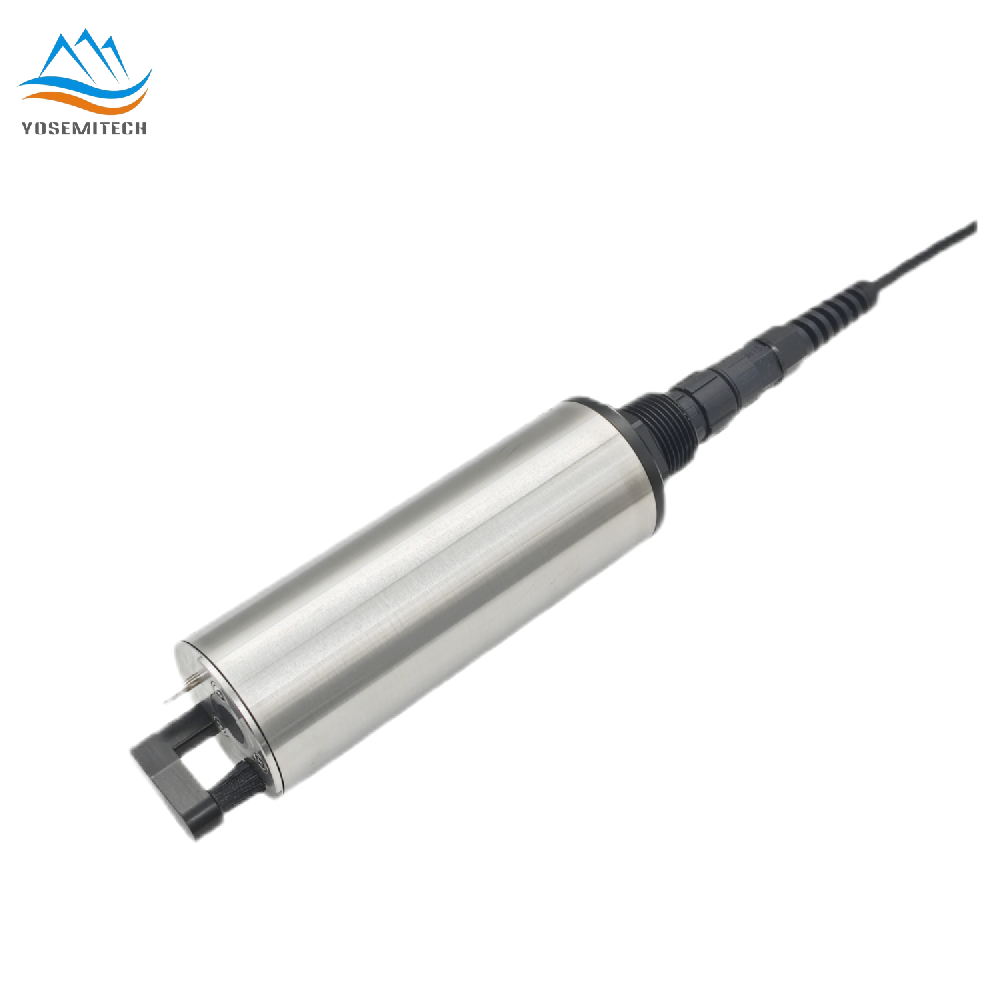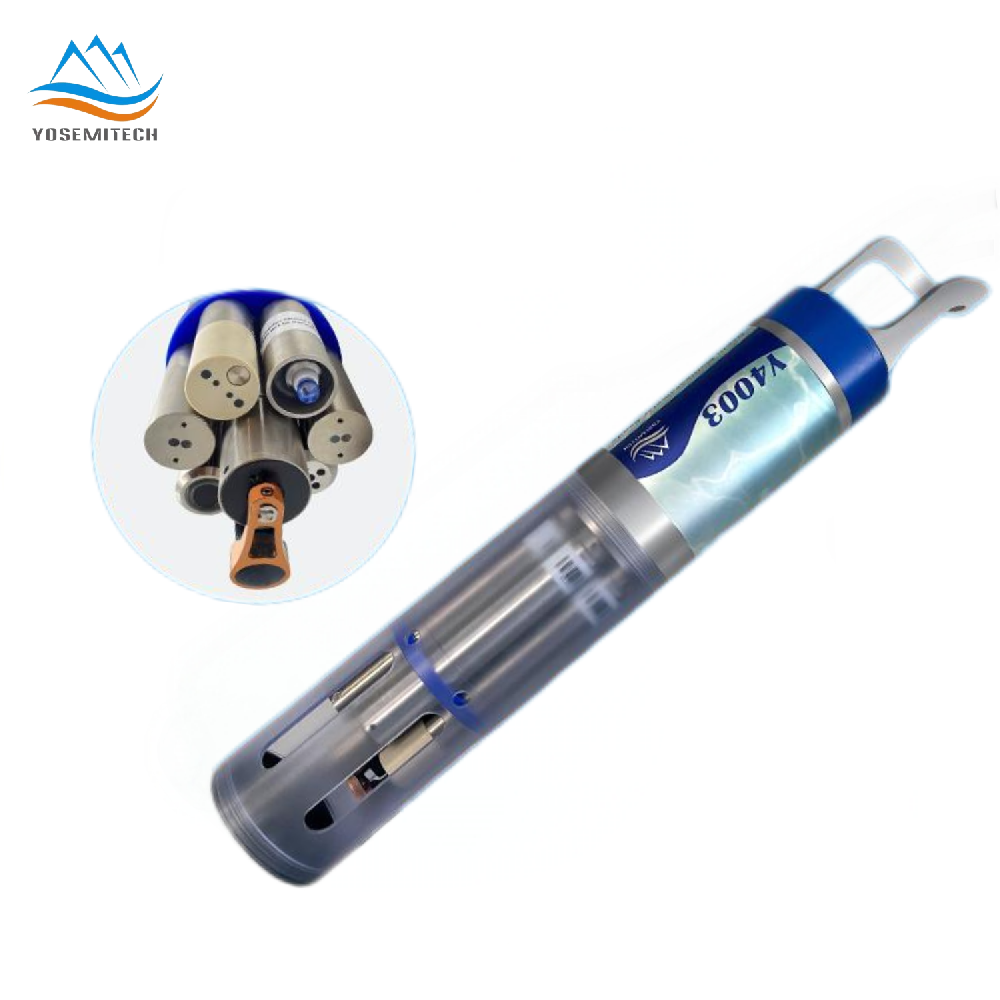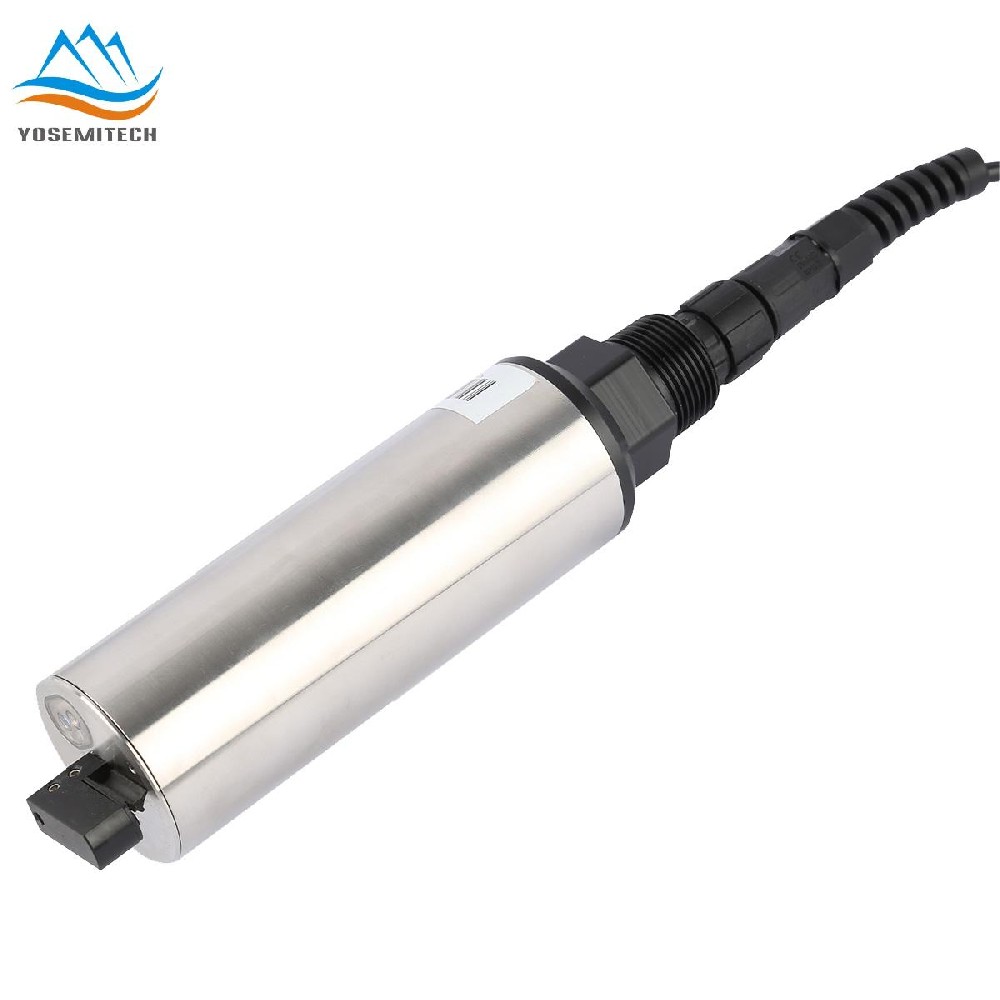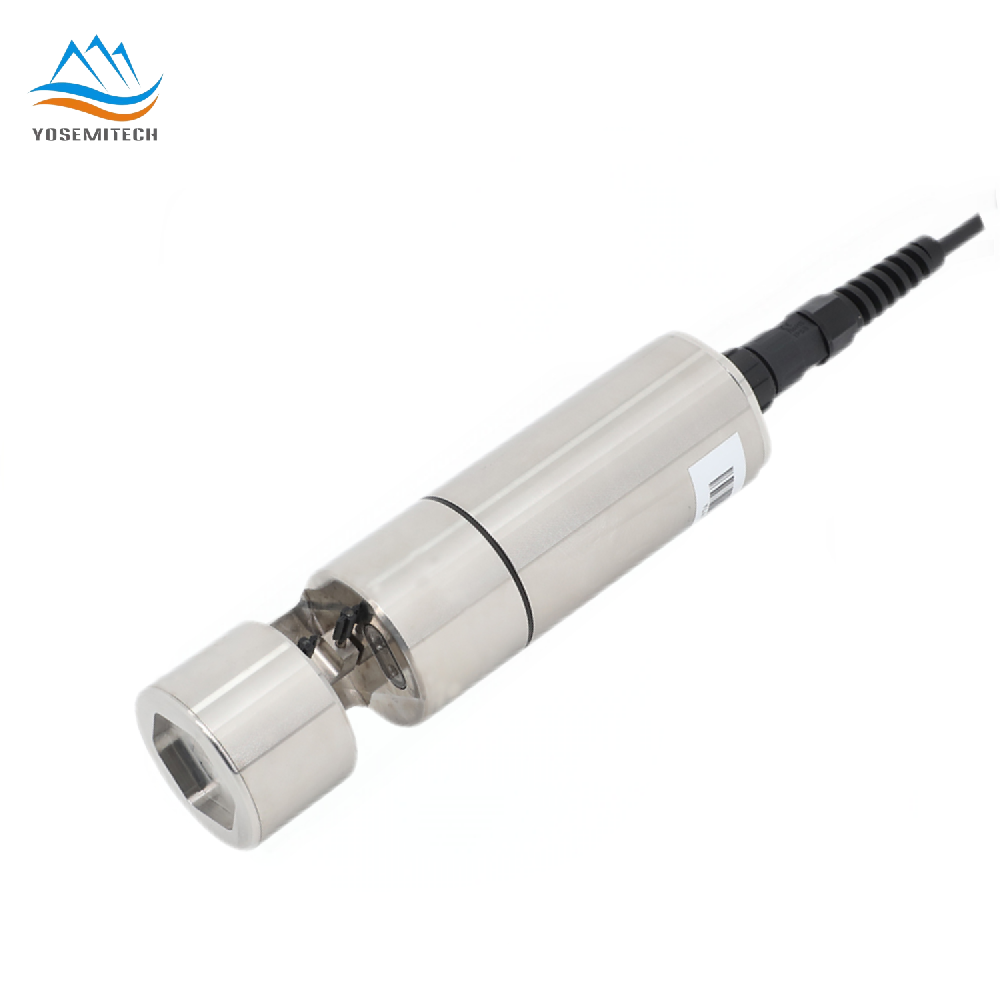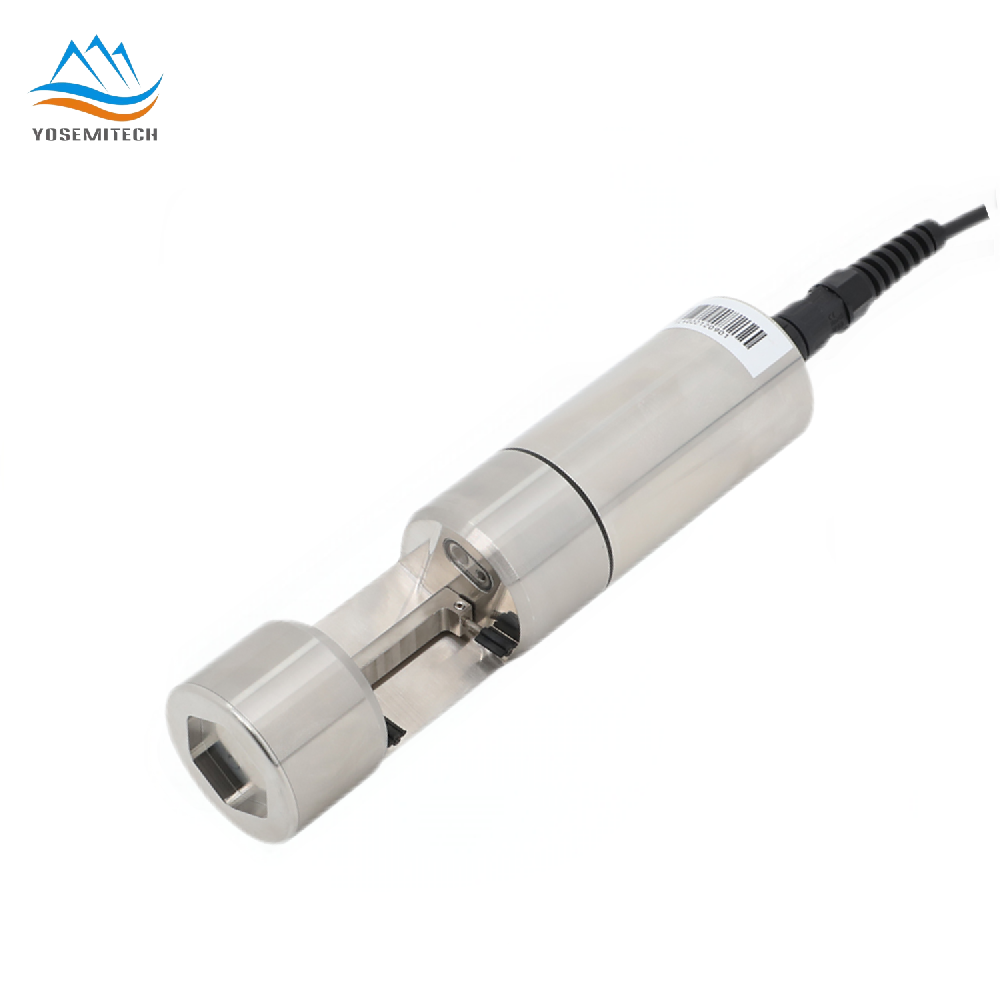Industry news
Relationship Between EC and TDS
Writer: admin Time:2024-10-11 14:18:52 Browse:2608℃
TDS (total dissolved solids) and EC (electrical conductivity) are related, but they aren’t the same things. Both parameters are crucial for measuring the purity and suitability of water for various applications, from environmental monitoring to drinking water safety. This article delves into the definitions of EC and TDS, explores their interconnectedness, and examines their impact on different aspects of water quality and ecosystem health.
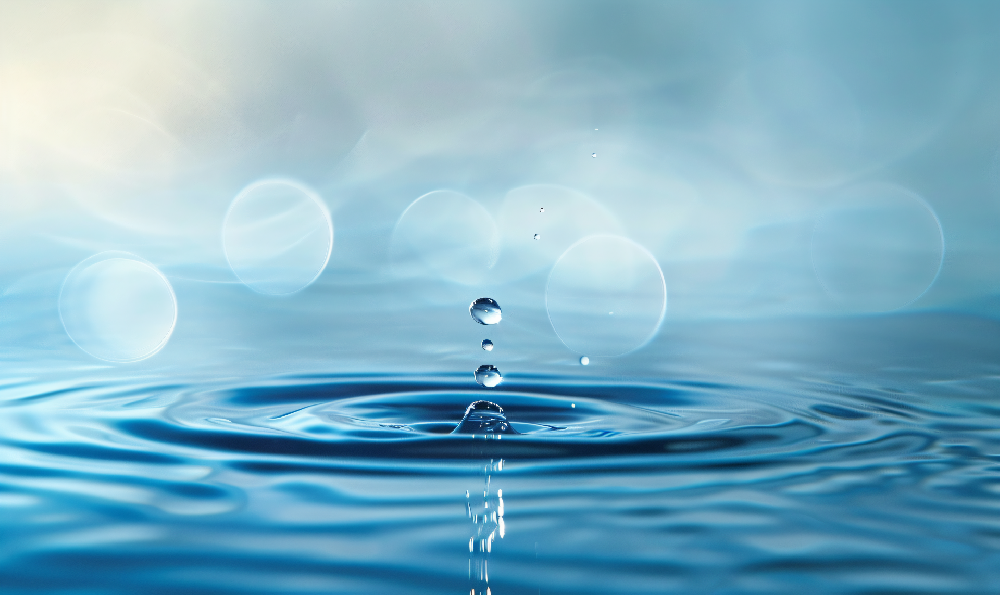
What is EC (Electrical Conductivity)?
Electrical conductivity (EC) is a measure of a material's ability to conduct an electric current. In the context of water quality, EC is used to determine the concentration of dissolved ions in the water. These ions are responsible for the water's ability to conduct electricity. The more ions that are present, the higher the EC value. EC is typically measured in units of siemens per meter (S/m) or microsiemens per centimeter (µS/cm).
What is TDS (Total Dissolved Solids)?
Total dissolved solids (TDS) refer to the combined content of all inorganic and organic substances contained in a liquid in molecular, ionized, or micro-granular (colloidal sol) suspended form. TDS is usually measured in milligrams per liter (mg/L) or parts per million (ppm). TDS encompasses a wide range of materials, including minerals, salts, metals, and contaminants that are dissolved in water.
Relationship Between EC and TDS:
The relationship between EC and TDS is directly proportional; as the concentration of dissolved ions increases, so does the EC of the water. This relationship is not linear, however, as the conductivity of different ionic species varies. The conversion between EC and TDS is typically done using a conversion factor, which can vary depending on the specific composition of the dissolved solids. For most natural waters, a conversion factor of 0.67 is commonly used, meaning that for every unit of EC (in µS/cm), there are approximately 0.67 units of TDS (in ppm).
Impact of TDS and EC:
A. Environmental Monitoring:
In environmental monitoring, TDS and EC are used to assess the water quality. High levels of TDS can indicate pollution from agricultural runoff, industrial discharges, or other sources. EC measurements can quickly alert environmental scientists to changes in water quality, allowing for timely interventions to protect ecosystems.
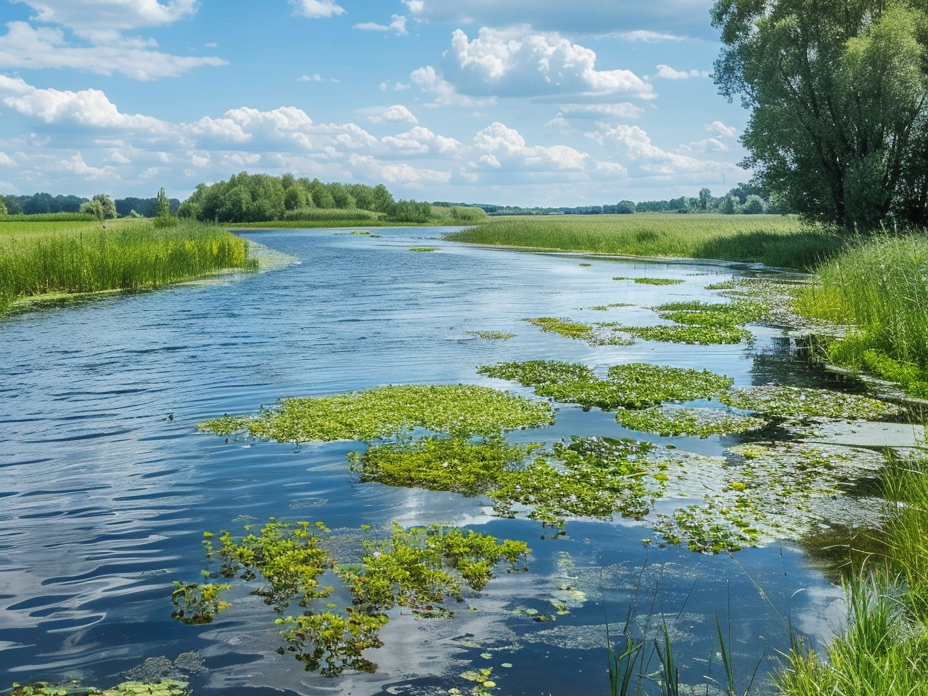
B. Aquatic Ecosystems:
Aquatic ecosystems are sensitive to changes in TDS and EC. High TDS levels can lead to osmotic stress in aquatic organisms, affecting their growth and reproduction. Additionally, elevated EC can interfere with the breeding and migration patterns of fish and other aquatic life.
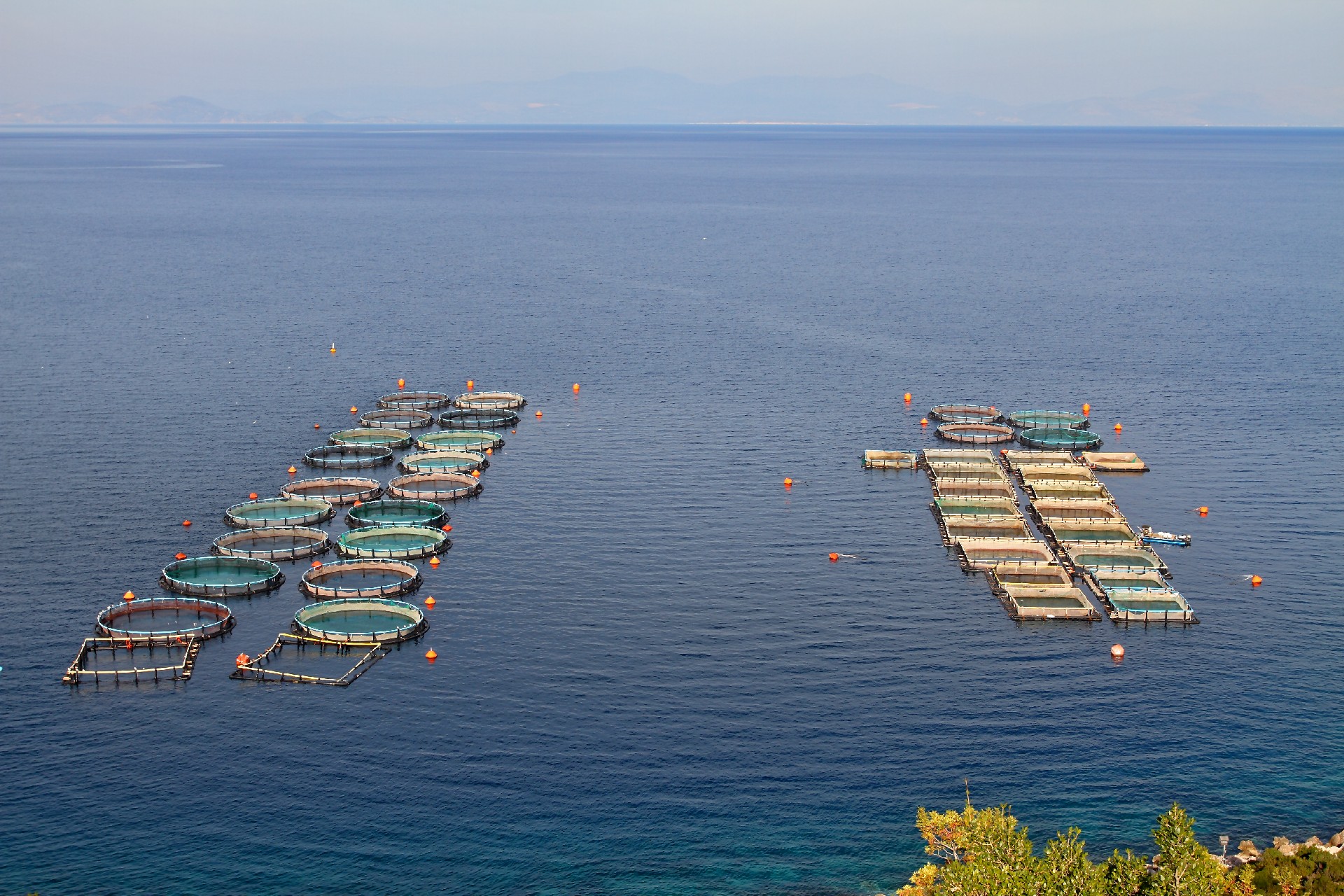
C. Drinking Water Safety:
For drinking water, TDS and EC are important indicators of water quality. The World Health Organization (WHO) suggests that drinking water should have a TDS level below 600 mg/L for palatability. High TDS levels can make water unpleasant to drink and may also be associated with health risks, such as cardiovascular diseases.
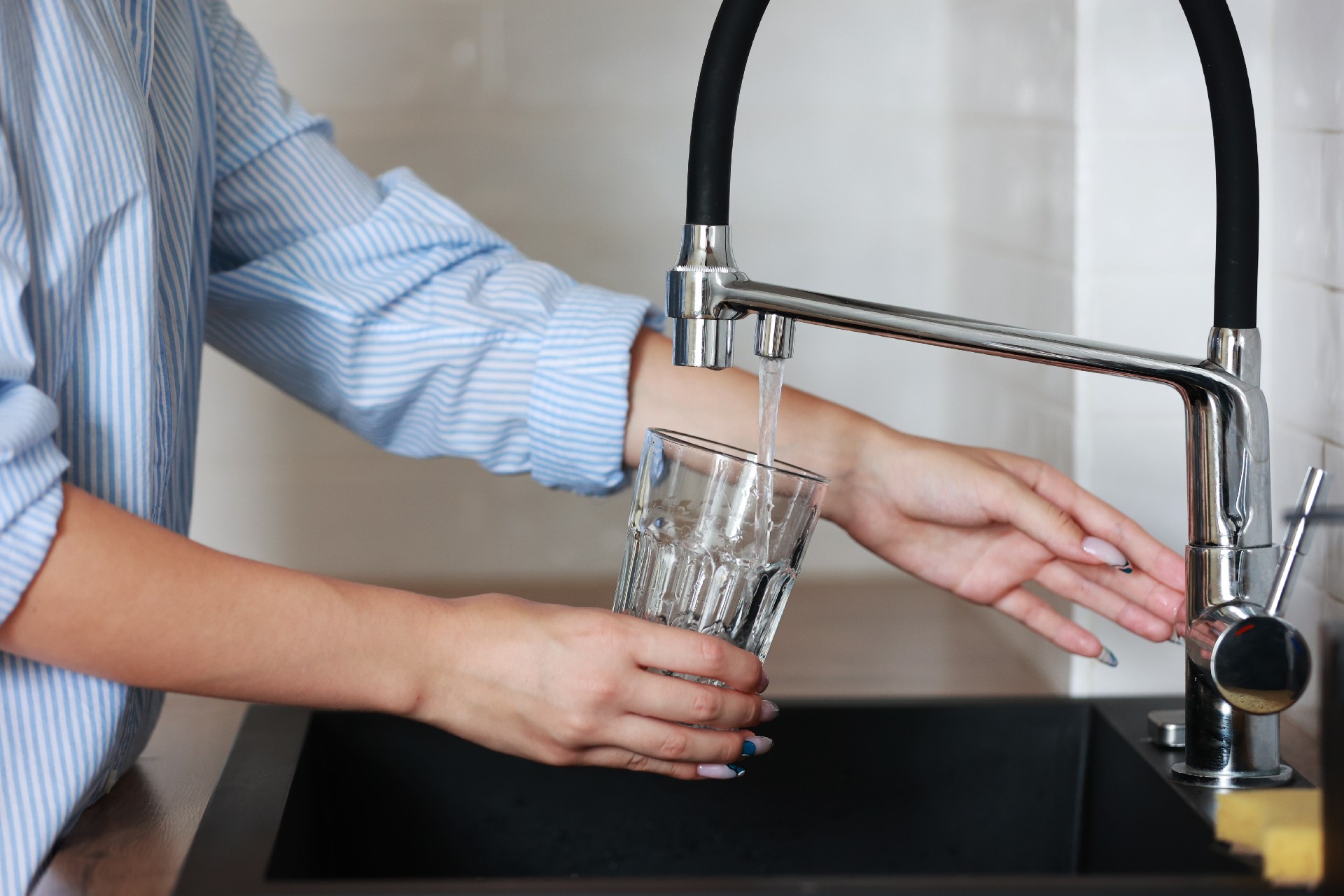
How to Measure EC and TDS:
EC is measured using a conductivity probe. Yosemitech Y521-A Four-electrode Conductivity Probe adopts the internationally leading four-electrode technology, RS485 digital interface, and supports MODBUS protocol. Compared with the traditional two-electrode sensor, it has higher accuracy, wider measurement range, and better stability. It can synchronously output parameters such as conductivity, salinity, TDS, and temperature.
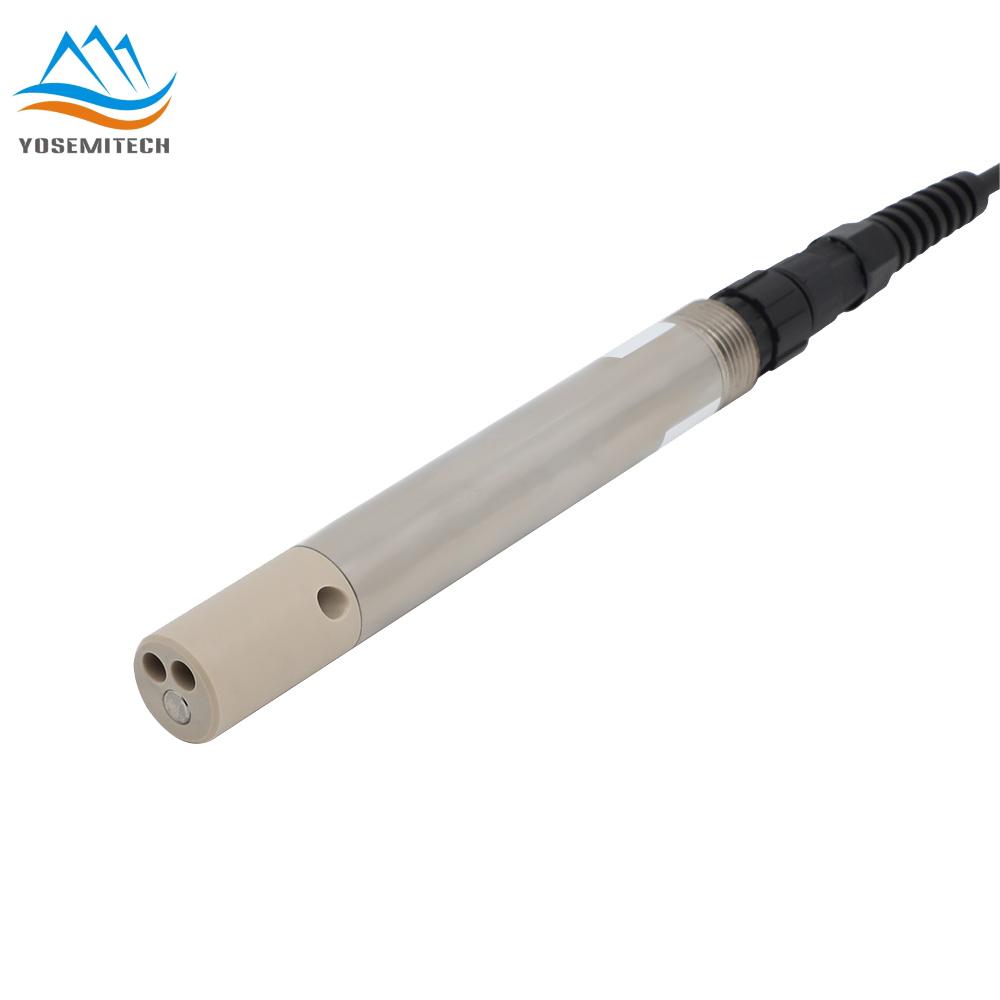
https://e.yosemitech.com/CT/Y521-A.html
Conclusion:
TDS (total dissolved solids) and EC (electrical conductivity) are related but not the same. Understanding this relationship is essential for environmental monitoring, protecting aquatic ecosystems, ensuring drinking water safety, and maintaining water quality standards. By accurately measuring and interpreting EC and TDS, we can better manage our water resources and safeguard the health of our planet.
Related articles:
CATEGORIES
CONTACT US
Yosemitech Technologies Co., Ltd
 +86 19984844080
+86 19984844080
 sales@yosemitech.com
sales@yosemitech.com
 Bldg,25,CECEP Industrial Park, No. 18 Dongchang Rd. Suzhou Industrial Park, Jiangsu Province,China 215126, China
Bldg,25,CECEP Industrial Park, No. 18 Dongchang Rd. Suzhou Industrial Park, Jiangsu Province,China 215126, China
